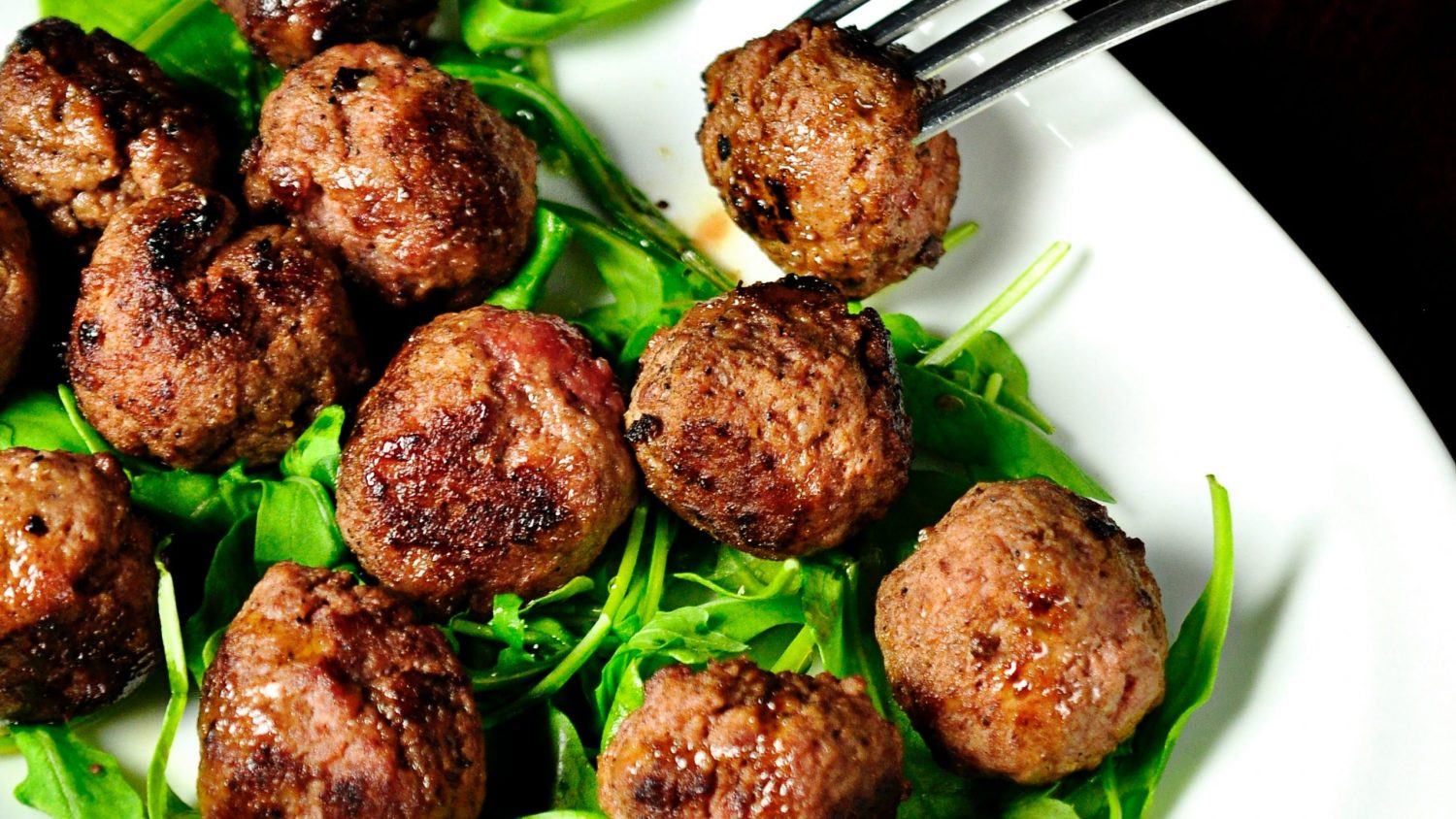‘Uncharted Waters’: Farms, Food and COVID-19


COVID-19 poses challenges for everyone, and those involved in growing, processing and selling food are no exception. In a new NC State Extension report, economist Nick Piggott says the pandemic’s impact on agriculture and food systems in North Carolina and the United States could be staggering.
The Backstory
Piggott puts COVID-19 into historical context, describing the state of the agricultural economy before COVID-19 arrived.
[pullquote align=”right” color=”red”]It didn’t take long for the U.S. and North Carolina agricultural economies to be jolted.[/pullquote]
“It’s helpful to understand where we were pre-coronavirus, with the U.S. general economy being very strong. However, the U.S. and North Carolina agricultural economies were recovering from adverse weather, a trade war, diseases, in a significant slump in commodity prices essentially over the last five years.
“U.S. farm net cash income had declined as much as 30% from its highs in 2013 to a low of about $96 billion in 2016. Since then, the agricultural economy has been slowly inching forward, gaining strength.
“Then boom, enter the coronavirus in the US around mid-January, and it didn’t take long for the U.S. and North Carolina agricultural economies to be jolted by a pandemic that brought daily life to uncharted waters.”
As COVID-19 began to spread, many businesses, schools and universities closed, scaled back or went online. In a matter of weeks, demand for agricultural products from food service, restaurants, schools, and colleges was decimated.
Supply Chain Shock
Piggott says the U.S. agricultural supply chain has never experienced “an economic shock of this magnitude.” He cautions that it’s too early and the situation’s too fluid to measure or predict the agricultural impacts with accuracy, but there are troubling signs.
Futures prices for most commodities have tanked. These prices reflect expectations about future demand and supply. Downward trends in futures prices reflects an expectation that the future supply might be greater than future demand, Piggott says.
[pullquote align=”left” color=”red”]A glance at the portfolio of some key agricultural commodities futures … (is) very sobering.[/pullquote]
“When you take a glance at the portfolio of some of the key agricultural commodities futures, it’s very sobering. Since the arrival of the coronavirus in mid-January through April 10, nearby futures have plummeted double-digit percentage point losses for most commodities.
“For example, wheat has declined 5%, soybeans has declined 10%, corn is down 16%. Then for our livestock-based products, class three milk is down 21%, cattle is down 26% and hogs are down 43%. Other important commodities, cotton is down 24%, and ethanol is down 36%.”
We’re Changing How We Eat
Having expectations for so many key crops sink so low is unprecedented, Piggott says, and it could foreshadow changes all along the agricultural supply chain, from farm to fork.
On the demand side, COVID-19 is changing how people eat. Before the pandemic began, Americans were spending more money on food away from home than they were on food at home. Piggott cites a recent analysis from Jayson Lusk, an economist at Purdue University, on telling grocery store data from IRI, an analytics company.
“In March, we had a spike in grocery sales as U.S. consumers turned to replace their needs from food service with at-home consumption, and also they were doing some stockpiling for their current at-home consumption of food and supplies, just because they’re uncertain about the future.
“A high-demand category is animal protein, a product that’s an essential part of most people’s diets and can be frozen and stored. In the week ending March 22nd, grocery sales of pork grew — up 102%. Beef was up 91%, and chicken was up 55% from the same time last year.
“This surge has leveled off with the week ending in April 5th — pork being up 30%, beef being up 38%, and chicken up 29% from the previous year.”
More Changes Ahead?
Longer-lasting changes, Piggott says, could be in store, even as the pandemic eases.
“I expect less restaurants to come back online than there were pre-coronavirus just due to the financial hit already experienced — also because their capacity will likely be more limited with less tables due to distancing being in place still potentially. Demand will also be less as consumers will have less disposable income to spend and will probably be reluctant to patronize restaurants as frequently.
Piggott says that, given the spike in unemployment, consumers also could come to prefer basic foods, inexpensive ingredients and cheaper cuts of meats.
Implications for Manufacturing and Processing
Meeting these changing demands could be difficult for food processors and manufacturers.
[pullquote align=”right” color=”red”]We need this transformation to happen in order to avoid food shortages at the retail level.[/pullquote]
“The logistical transformation of processing plants changing to produce sufficient quantities of single-serve or family-serves for the retail sector, as compared to supplying food-service sector in bulk, is an extreme challenge and, at worst, impossible, given the current challenges of the potential for the coronavirus to spread in the labor force in some of these processing plants and also the quickness at which we need this transformation to happen in order to avoid food shortages at the retail level.”
More Flexibility Required
That, he adds, will require something that’s been in high demand since the pandemic began: flexibility.
“Flexibility will potentially be an important food security issue for the US consumer, but also for agricultural producers to ensure that markets are available to take delivery of their production when they need them to.”
About Agricultural Economist Nick Piggott
Dr. Nicholas Piggott is a professor at NC State University’s Department of Agricultural and Resource Economics. He’s also a specialist with NC State Extension. An expert in agricultural economics, agricultural marketing, applied econometrics and futures and options markets, Piggott joined the faculty of NC State’s College of Agriculture and Life Sciences in 1997. His extension program focuses on grain marketing and risk management.
NC State Extension creates economic, societal and intellectual prosperity across North Carolina.
[button]Learn more[/button]
- Categories:


